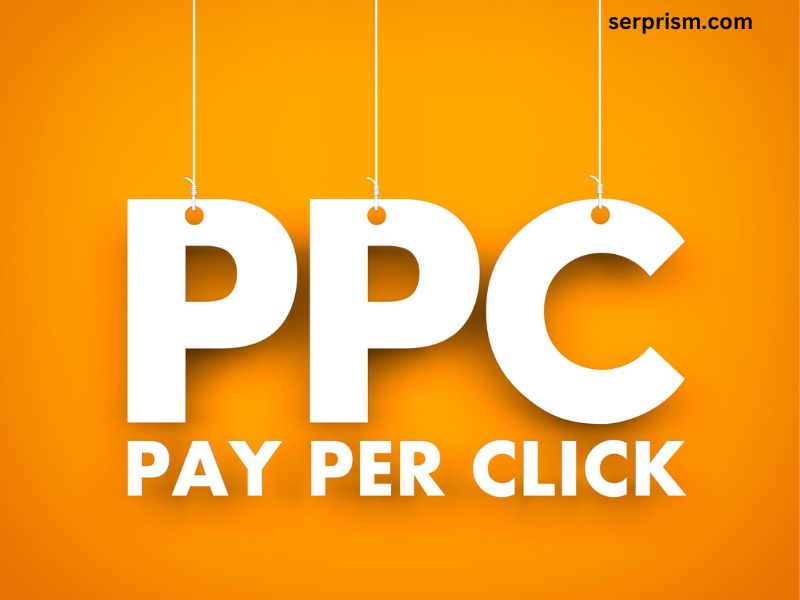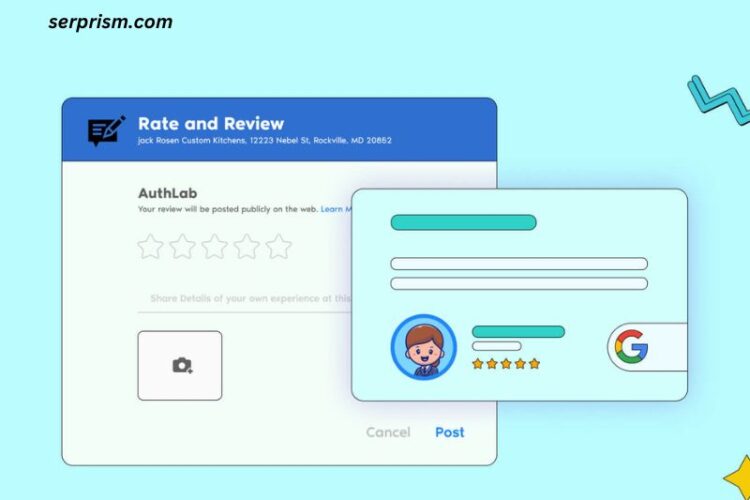
Pay-per-click (PPC) advertising is a powerful tool in the digital marketing landscape, allowing businesses to drive targeted traffic to their websites. Among the various elements that can influence the effectiveness of PPC campaigns, color plays a pivotal role. In particular, the colors used in logos and advertisements can significantly impact user perception, brand recognition, and conversion rates. This article will explore the importance of color in PPC advertising, with a special focus on Google’s color scheme and how it has shaped its branding and advertising effectiveness.
The Psychology of Color in Marketing
Colors evoke emotions and influence consumer behavior. Various studies have shown that different colors can elicit specific feelings and reactions. Understanding color psychology is crucial for marketers who want to craft effective PPC ads that resonate with their target audience.
Red
Often associated with urgency and excitement, red can create a sense of urgency. This is why many clearance sales use red in their advertising. However, it can also denote danger, so it should be used judiciously.
Blue
Blue is often associated with trust, security, and professionalism. Many financial institutions and tech companies use blue in their branding to establish reliability. Google, for instance, incorporates blue prominently in its logo, enhancing its perception as a trustworthy brand.
Green
Green represents growth, harmony, and freshness. It’s often used in eco-friendly brands and health products. In PPC ads, green can be effective for promoting products related to wellness or environmental sustainability.
Yellow
Yellow is attention-grabbing and often associated with optimism and happiness. However, it can also be overwhelming if used excessively. In PPC ads, a splash of yellow can be effective in catching the viewer’s eye.
Orange
Orange combines the energy of red and the happiness of yellow. It’s often used to promote products related to affordability and value, making it a good choice for discount offers.
Purple
Associated with luxury, creativity, and mystery, purple can evoke a sense of sophistication. Brands targeting upscale markets often incorporate purple in their branding.
Black and White
While black denotes sophistication and elegance, white is often associated with simplicity and purity. The combination of black and white can create a strong contrast that draws attention.
Google’s Color Palette
Google’s logo features a simple yet striking color scheme: blue, red, yellow, and green. This palette not only embodies the company’s identity but also serves specific functions in advertising.
Blue
As the most dominant color in Google’s logo, blue signifies trust and dependability. When users see blue, they feel a sense of security, which is crucial for a platform that handles personal data and business transactions.
Red
The red in Google’s logo adds an element of excitement and energy. It draws attention and encourages engagement. In PPC ads, red can stimulate quick action, making it effective for calls to action (CTAs).
Yellow
Yellow serves as a cheerful contrast to the other colors, making the logo feel friendly and approachable. This warmth can enhance user connection, vital for campaigns targeting a broad audience.
Green
Green in Google’s logo adds a layer of balance and calmness, reinforcing the brand’s commitment to innovation and growth. This color can resonate particularly well with eco-conscious consumers.
How Google’s Colors Influence PPC Advertising
Google’s color scheme is not just for branding; it also influences how the company approaches PPC advertising. Understanding these colors can help advertisers create more compelling and effective ads.
Brand Recognition
Colors play a crucial role in brand recognition. Google’s vibrant color scheme is instantly recognizable, making it easier for users to associate the ads with the Google brand. This familiarity increases the likelihood of clicks and conversions.
User Engagement
Colors can influence user engagement rates. Ads that utilize similar color schemes to those of the Google logo can create a sense of continuity and trust. For instance, a PPC ad with a blue background and yellow CTA buttons can draw on Google’s branding to enhance user interest.
Emotional Connection
PPC ads that align with Google’s color psychology can evoke specific emotional responses. For example, using blue and green can foster feelings of security and growth, making potential customers more receptive to the ad’s message.
A/B Testing Colors in PPC
A/B testing different color schemes in PPC ads can yield insights into what resonates best with your audience. Advertisers can experiment with various combinations of colors based on the emotions they intend to evoke. For instance, testing an ad with a blue background against one with a red background can help determine which color generates more clicks.
Case Studies: Successful Use of Color in PPC Ads
Case Study 1: Google Ads
Google itself uses its color palette effectively in its ads. The familiar colors attract users, and the consistency with the brand’s logo fosters trust. A recent campaign promoting Google Workspace used blue for the headlines, green for CTAs, and yellow for supporting information, leading to an increased click-through rate (CTR).
Case Study 2: Competitor Analysis
Analyzing the PPC ads of competitors can provide valuable insights into color usage. For example, many competitors of Google in the cloud services sector often utilize blue tones in their advertising to convey security and reliability, mirroring Google’s approach.
Tips for Using Color Effectively in PPC Advertising
Understand Your Audience
Before selecting colors for your PPC ads, it’s crucial to understand your target audience. Conduct market research to identify the colors that resonate best with them.
Align with Brand Identity
Ensure that the colors you choose align with your overall brand identity. If your brand’s color scheme is already established, incorporate those colors into your PPC ads for consistency.
Focus on Contrast
High contrast between text and background colors improves readability and draws attention to key messages. Use contrasting colors strategically to highlight CTAs.
Limit Color Palette
While it’s tempting to use multiple colors, sticking to a limited palette can create a cleaner, more professional look. Aim for two to three primary colors that complement each other.
Test and Optimize
Continuously test different color combinations to determine what works best for your audience. Use A/B testing to refine your PPC ads and improve performance over time.
Conclusion
Color is an essential element of PPC advertising that can significantly impact user behavior and conversion rates. By understanding the psychology of color and leveraging Google’s successful color scheme, advertisers can create compelling and effective PPC campaigns. The key is to align color choices with brand identity, audience preferences, and campaign objectives while continuously testing and optimizing for the best results. As PPC advertising continues to evolve, harnessing the power of color will remain a crucial strategy for marketers looking to stand out in a crowded digital landscape.




